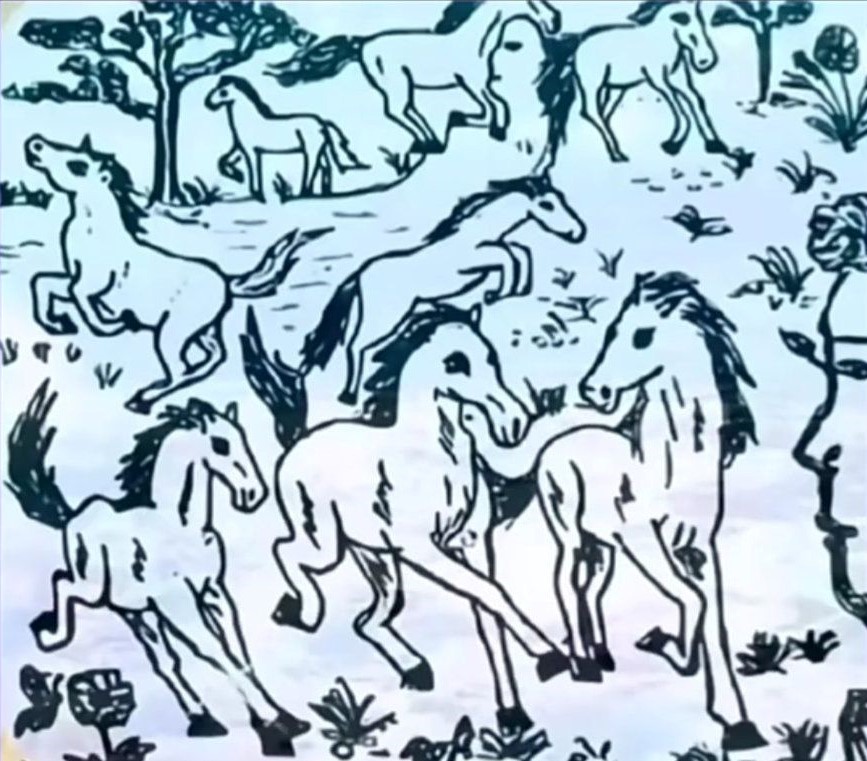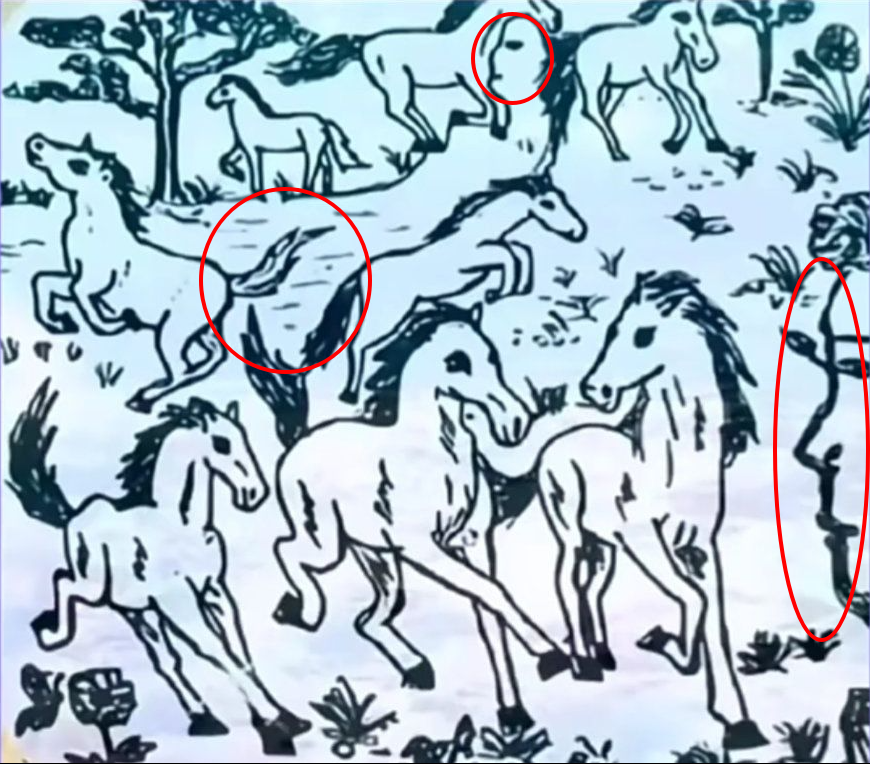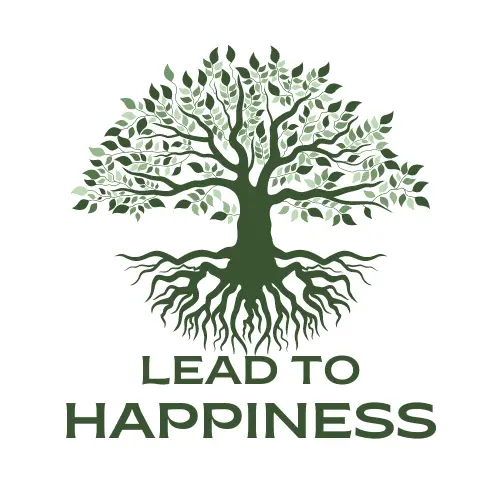If you can meet 3 human faces, then your brain/thinking is still like a young person!
The Magic of Optical Illusions
Have you ever caught yourself staring at a cloud formation or the grain in a wooden floor, only to see a face staring right back at you? That’s pareidolia at work—our brain’s remarkable ability to detect familiar patterns, especially faces, in random or abstract forms. The artwork before us, featuring a herd of galloping horses, is a prime example. At first glance, it’s a dynamic scene of equine freedom. But look closer: dozens of human profiles peer out from the horses’ bodies, mane, and surrounding flora. It’s an invitation to slow down, sharpen your perception, and marvel at the subtlety of hidden imagery.
Why Our Brains See Faces Everywhere

Humans are hardwired for facial recognition.
Evolutionary Advantage: Spotting friends, foes, or predators in a crowd—or in the shadows—once meant the difference between safety and danger. We evolved sensitive neural pathways (the fusiform face area) dedicated to identifying faces quickly.
Pattern-Seeking Instinct: Our minds crave order. When confronted with random lines or shapes, we instinctively group them into familiar objects—faces, animals, or letters. This is why we see a “man in the moon” or a “rabbit in the trees.”
Decoding the Horse Illustration
Let’s break down how this image lures our perceptions:
Contours and Outlines: The flowing lines of horse necks and backs mimic the curves of human profiles—foreheads, noses, and chins. A single brushstroke can serve double duty.
Negative Space: Gaps between legs, foliage, or the horizon become subtle facial shapes. The white patches inside a horse’s flank might outline an eye or a smiling mouth.
Repetition & Variation: With multiple horses and trees, the artist repeats facial motifs, each slightly tweaked—tilted angles, different jawlines, or hair-like manes—keeping our brain constantly guessing.
.
.
.
.
.
.
Answer:



